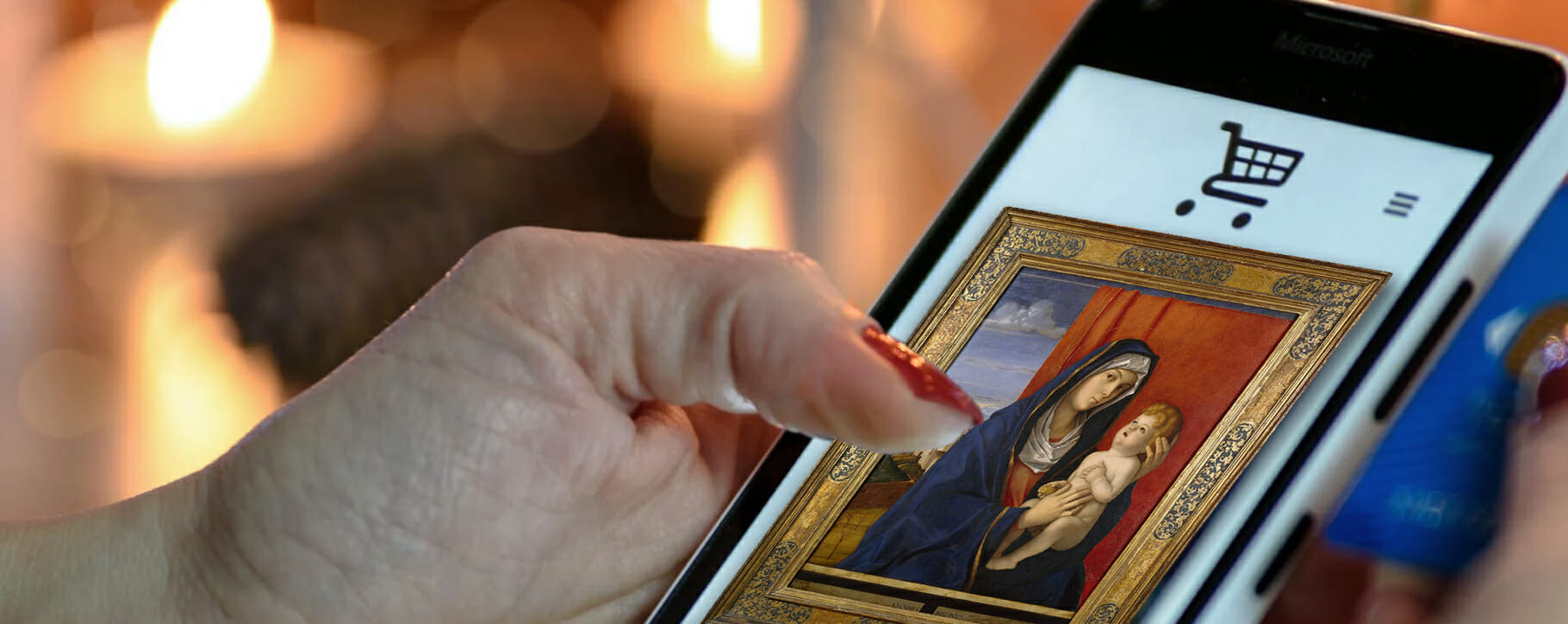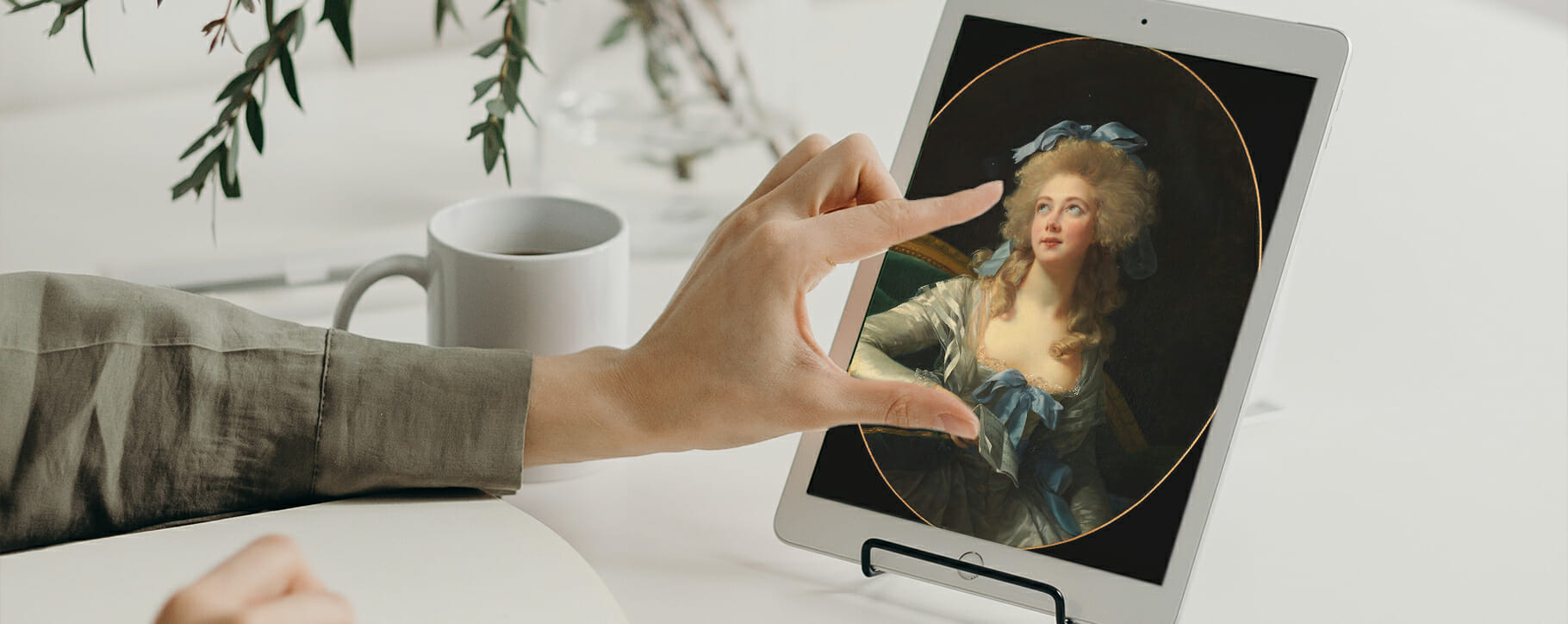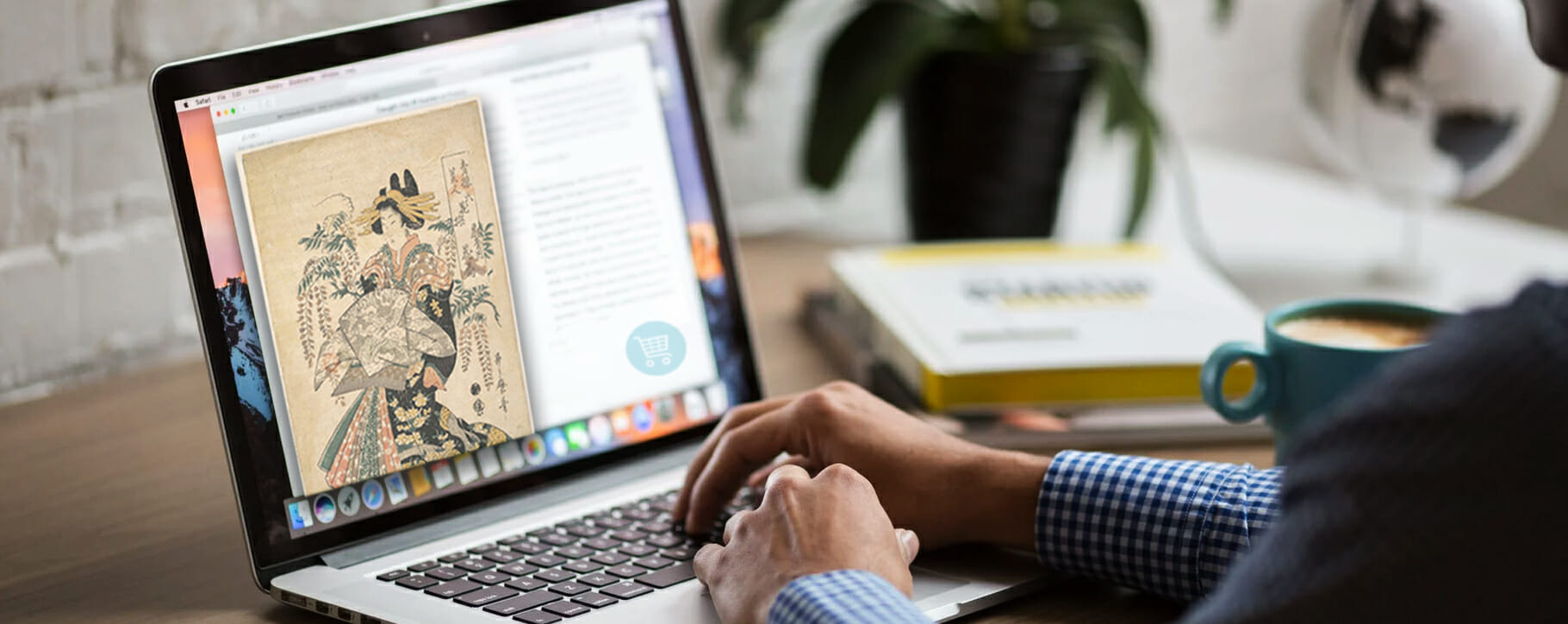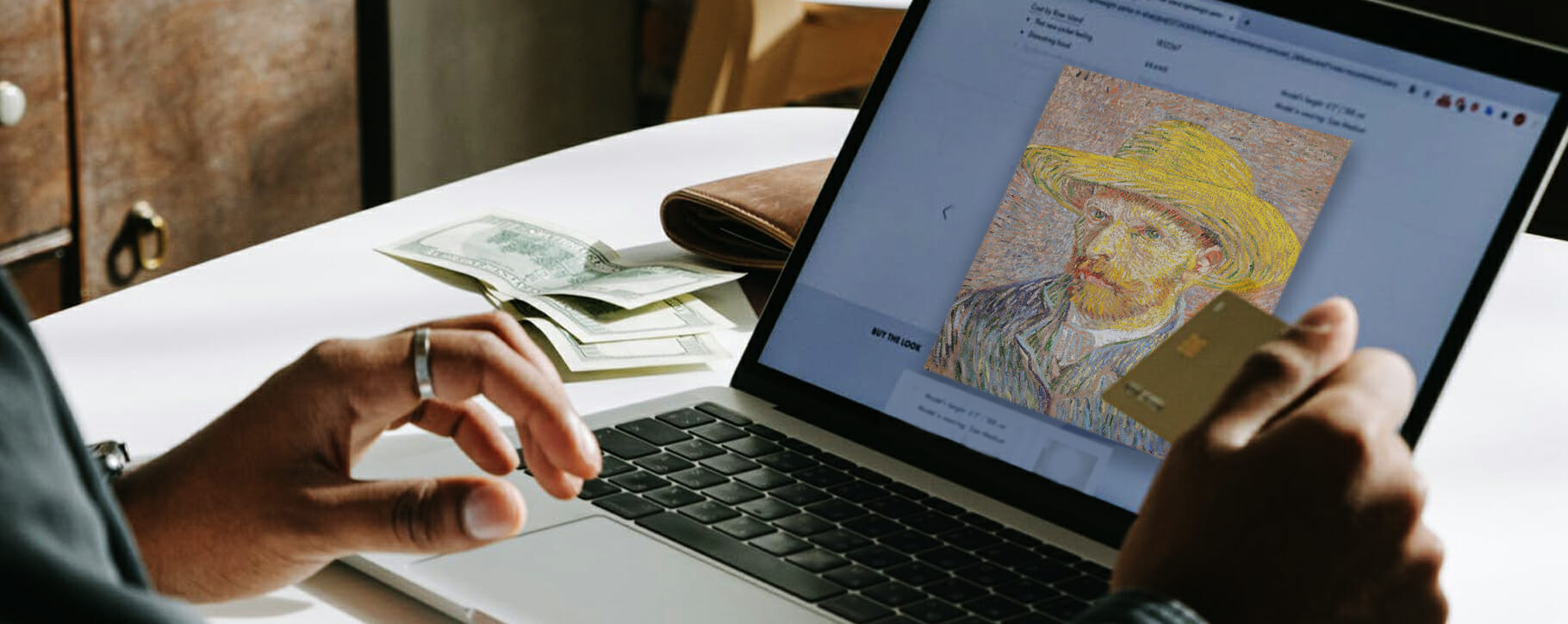Over time many philosophers have asked the question: what is art? Is it found in the interpretation which exists between an object and the observer? Or is it nothing but the physical object itself? Does the importance of art come from the hand of the artist which has touched it, or is it something more? These are all queries which come into conversation when the term NFT (non-fungible tokens artwork) is mentioned – the digital manifestation of artworks and important items which has taken hold of the art market in recent years.

NFT stands for non-fungible token, that is an non-interchangeable amount of data which is stored in a blockchain (a type of digital wallet). Unlike bitcoin, the value is stored in an image or file instead of a currency, NFTs can be made up of anything from digital versions of famous artworks, through to videos and audio content. Their value, much like physical artworks, comes from popularity of an artist and scarcity. An NFT is made when the current owner of the physical item (or creator of the digital file) ‘mints’ their file and uploads it to a common blockchain – it can then not be modified in any way by new owners.
For those who are not well versed with cyberspace, think of these as physical tokens, such as collectibles or trading cards, which can be traded or sold as part of personal finance through cryptocurrency. NFTs have been around since 2015, but have relied on the popularity of online currencies to gain traction in the art world. Due to recent advancements in cryptocurrencies and blockchains, they seem to be here to stay and worth taking note of – if only due to the remarkable real-world value they can hold.
How will NFTs & art digitisation help art conservation & insurance industries?
In many ways, an NFT version of a famous artwork will save it from disaster – for example if a physical, original painting perishes in a fire, it can still be enjoyed online and as long as the NFT is held by the owner, they may retain the digital value. In fact, an NFT artwork may even increase in value if the physical version ceases to exist due to rarity. An NFT may give a digital immorality to the artwork in visual, historical and still monetary value.

An NFT or digital version of an artwork may also help conservators in the future as they work to preserve a badly damaged oil painting which has a clear and good quality digital copy. This will allow them to see the true colours, and any missing areas which are in need of restoration – if it is high resolution enough they may also be able to see the original brushstrokes and any areas which may have previously been restored. This will allow for a sensitive conservation treatment to be performed with as little alteration to the original artwork as possible, and with proof of this in the form of an NFT the value will be far less affected in even the most major repairs, in a way the NFT or digitalisation could serve as evidence of the visual accuracy of the physical artwork into the future.
For future art historians, as long as it is publicly or academically available online, a digital artwork may give them high quality access to artworks for analysis, even when the physical version is unobtainable due to private ownership, international politics, or has been lost. Many galleries and museums are working to digitise their collections, using the internet to both further the accessibility of their audiences and to aid in preservation.
The risks of digital artworks & NFT investment
NFT ownership of an artwork may help in insuring it digitally, in some cases holding onto a value through cryptocurrency whether or not the physical artwork is destroyed or damaged. However, this may be high risk as the world of NFTs and blockchains is relatively new and the popularity of these practices could rise or fall as the digital age continues. For example, one method of blockchain or calculation of capital may change as technology evolves, making it less predictable and secure as traditional methods of finance. Fakes can also find their way into NFT sales, in September 2021 a sale of £244,000 was refunded when it turned out that the so-called first Banksy NFT was a hoax.

Having a valuable digital copy of an artwork may in some cases see the original, physical artwork become obsolete or allowed to perish. This is more of a catastrophic future, but it is not hard to imagine an original work on paper being left uncared for, as the digital version is seen as the key asset. Some argue that the digital focus on society leads to less and less funding for traditional arts and areas such as conservation. With more and more emphasis on IT training and the restoration of harddrives or servers, there may be less people qualified in the future to restore the original paintings, sculptures and unique items of the world.
If your client has an NFT on a blockchain that becomes obsolete or is somehow lost in cyberspace, the insurance of this digital artwork would be difficult to define and may lead to the owner losing wealth, as well as their finances being held against less and less tangible assets. As we go into the future this is certain to become clearer to financial and insurance sectors, but at this point may leave question marks for those used to dealing with material artworks.
The value of NFT art
As of January 2022, many auctions and sales have taken place for NFT artworks and items. Many of these sales have not been of traditional artworks in digital form, but have been unique digital artworks by creators which are well known online.

One of those artists is Mike Winkelmann, known as ‘Beeple’, who has sold various illustrations and animations for millions of dollars. In March 2021, an NFT collage of his ‘Everydays’ series sold for $69,400,000 – it was the very first pure non-fungible token to be sold at Christie’s auction house. Another name to look out for is Murat Pak, who has the record for the highest selling NFT. Pak’s The Merge sold for $91,800,000 in December 2021 due to the artwork being sold as open editions. This was achieved through a company called Nifty Gateway, who advocate for NFTs to become a mainstream artform.
For those with more traditional tastes, institutes such as the British Museum have taken to selling NFT versions of their collection. Digitised versions of Hokusai’s The Great Wave and other popular Japanese woodcut prints have their starting auction price at 25,000 euros. This is of course far below the price of the true original, but expectations are set on seeing this climb as NFT trading increases in popularity and these assets are seen as rare.
Who could benefit from art digitalisation?
Having a digital collection will help to maintain the artwork into the future, recording features and original details before a disaster occurs. Whether or not an NFT is planned to be created from a physical artwork’s photograph, it is always worth having documentation available online or in a cloud storage system to avoid the total loss of a historically or sentimentally important item.

Our team is able to provide detailed conservation reports, as well as photographic records. We always recommend that these reports and records are kept for both the provenance of the artwork and for future conservators to have available if it requires further intervention in the future. This is also vital if the artwork becomes badly damaged and needs intensive restoration work, as photographs provide our conservators with important guidance on the original composition.
If you have an artwork which is of great monetary or sentimental value, consider speaking to our team about how we can help preserve this in digital form for future generations, historians and conservators to aid in it’s care and preservation.
Get in touch with our team
To make contact please email us via [email protected] or call 0207 112 7576






